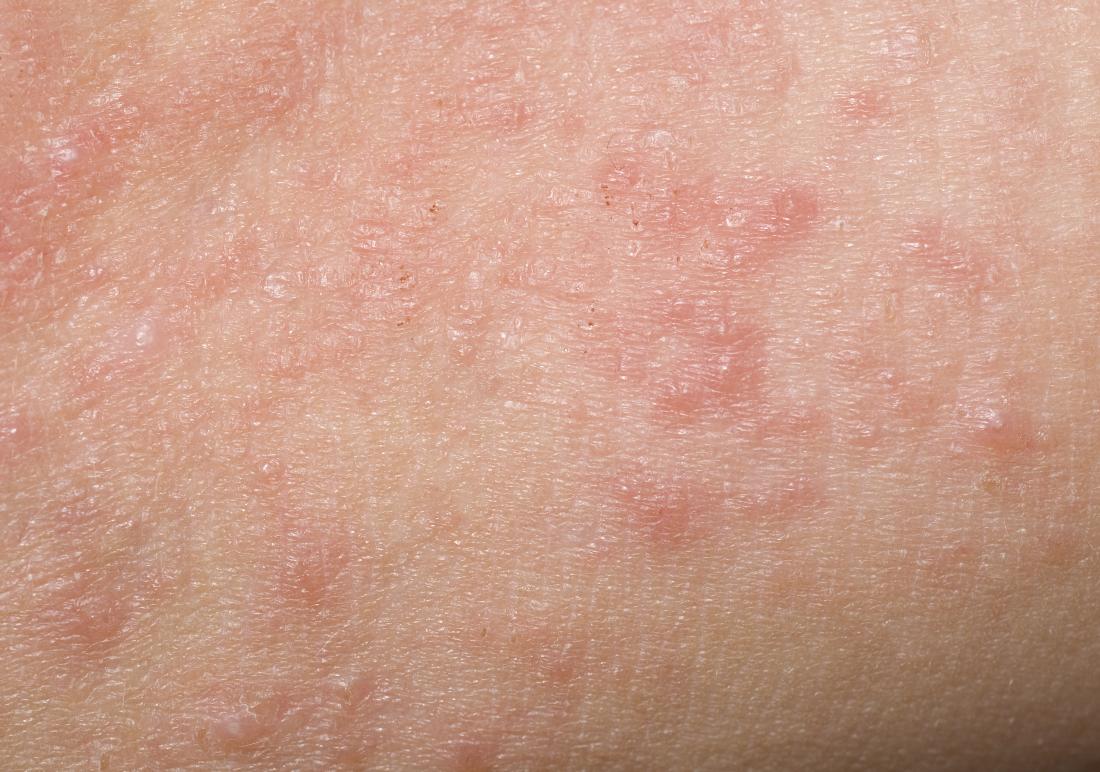Understanding Red Bumps on Arms and Neck
Have you ever noticed small, red bumps appearing on your arms and neck? This common skin issue can be caused by a variety of factors, ranging from simple irritations to underlying medical conditions. Understanding the potential causes and available treatments can empower you to effectively address these bumps and find relief.
The appearance of red bumps on the skin can be alarming, but it's important to approach the situation with a sense of calm. Many times, these bumps are harmless and resolve on their own. However, it’s crucial to pay attention to accompanying symptoms and seek professional advice if needed. This exploration into the world of red bumps on arms and neck will provide you with valuable insights to better understand and manage this common skin concern.
The skin is our largest organ, a protective barrier against the outside world. It's constantly exposed to various elements, making it susceptible to irritations and reactions. Red bumps, medically known as papules, are a common manifestation of these reactions. They can appear in different shapes, sizes, and textures, depending on the underlying cause. Understanding the various factors that contribute to their development is the first step in addressing them.
Throughout history, skin conditions have been documented and treated in various ways. From ancient herbal remedies to modern medical advancements, the approach to skin health has evolved significantly. Today, we have a deeper understanding of the complex interplay of factors that influence skin health, allowing for more targeted and effective treatments for red bumps and other skin concerns.
The importance of addressing red bumps on arms and neck goes beyond just cosmetic concerns. While some bumps may be purely aesthetic issues, others can indicate underlying health problems. Ignoring persistent or worsening bumps could delay diagnosis and treatment of potentially more serious conditions. Therefore, it's crucial to be attentive to changes in your skin and seek medical advice when necessary.
Several conditions can manifest as red bumps on the arms and neck. These include eczema, keratosis pilaris, heat rash, and insect bites, to name a few. Eczema, for example, is a chronic inflammatory skin condition characterized by itchy, red, and dry patches. Keratosis pilaris, on the other hand, presents as small, rough bumps, often on the upper arms and thighs, due to a buildup of keratin. Identifying the specific condition causing your red bumps is essential for effective treatment.
If the bumps are accompanied by intense itching, pain, or other unusual symptoms, consulting a dermatologist is recommended. A dermatologist can accurately diagnose the condition and recommend appropriate treatment options, whether it involves topical creams, oral medications, or lifestyle changes.
Maintaining good skin hygiene is crucial for preventing and managing red bumps. This includes regular cleansing with a gentle cleanser, avoiding harsh soaps and fragrances, and keeping the skin well-moisturized. Protecting your skin from excessive sun exposure and wearing breathable fabrics can also help minimize irritation.
Advantages and Disadvantages of Self-Treating Red Bumps
| Advantages | Disadvantages |
|---|---|
| Convenience and cost-effectiveness of over-the-counter remedies. | Potential for misdiagnosis and delayed treatment of underlying conditions. |
Frequently Asked Questions:
1. What are common causes of red bumps on arms and neck? Various factors, such as eczema, keratosis pilaris, and insect bites, can cause red bumps.
2. When should I see a doctor for red bumps? Consult a doctor if the bumps are accompanied by intense itching, pain, or other unusual symptoms.
3. How can I prevent red bumps on my skin? Maintaining good skin hygiene, avoiding irritants, and protecting your skin from the sun can help prevent red bumps.
4. Are red bumps on arms and neck contagious? The contagiousness of red bumps depends on the underlying cause. Some conditions, like certain fungal infections, can be contagious, while others, like eczema, are not.
5. Can stress cause red bumps on skin? Stress can exacerbate existing skin conditions, potentially making red bumps more noticeable or prominent.
6. What are some home remedies for red bumps? Applying cool compresses, oatmeal baths, and aloe vera gel can soothe irritated skin and reduce inflammation.
7. Are there any over-the-counter treatments for red bumps? Over-the-counter hydrocortisone creams can help reduce itching and inflammation associated with certain types of red bumps.
8. How long do red bumps typically last? The duration of red bumps varies depending on the cause. Some bumps may resolve within a few days, while others may persist for weeks or months.
Tips and Tricks: Keep a journal to track any potential triggers for your red bumps, such as certain foods, fabrics, or environmental factors. This can help you identify and avoid these triggers in the future.
In conclusion, understanding the potential causes and available treatments for red bumps on your arms and neck is essential for effectively managing this common skin issue. By paying attention to accompanying symptoms, practicing good skin hygiene, and seeking professional advice when needed, you can take proactive steps to address these bumps and maintain healthy, comfortable skin. Remember, early identification and intervention can help prevent potential complications and ensure prompt relief. Taking care of your skin is an integral part of overall well-being, and addressing skin concerns like red bumps contributes to a healthier and more confident you. Don't hesitate to reach out to a dermatologist if you have any concerns about your skin health.
Unleash your inner artist fall paint and sip inspiration
Unlocking toms river nj property insights your guide to ocean county tax records
Madden 22 deconstructing the dominant roster














